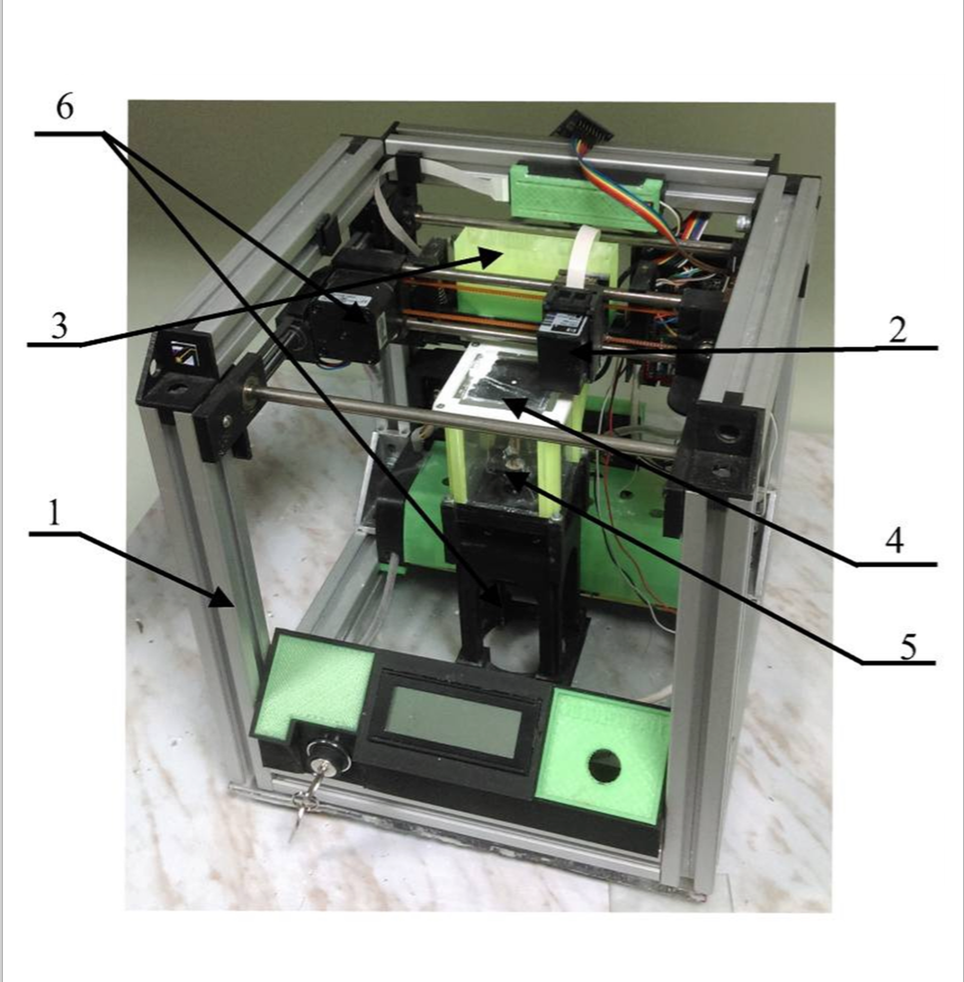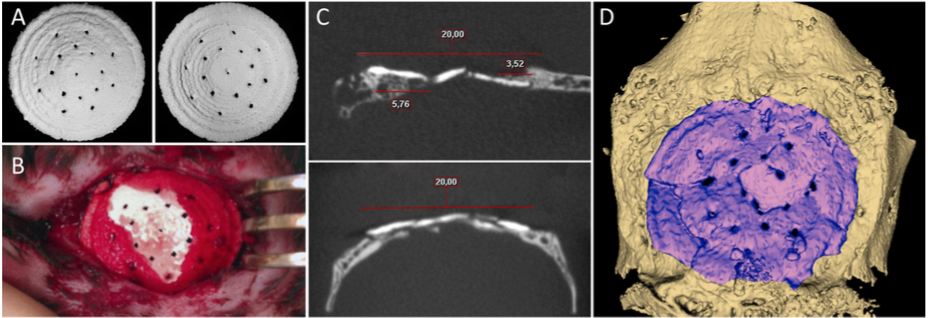It has become commonly accepted that 3D printing bone is a highly effective method for the creation of bone replacement as well as for scaffolding of both newly generated tissue and bone. In this paper, titled “3D printing of octacalcium phosphate bone substitutes,” the researchers proposed a comparatively simple way in which octacalcium phosphates could be printed in complex shapes through a combination of inkjet printing and post-print finishing.
“Biocompatible synthetic grafts and/or tissue engineering constructions prevail over conventional approaches…However, complex structure and properties of natural bone limit the spectrum of synthetic materials and fabrication techniques that could be used as custom-designed implants or scaffolds for bone defects replacement or guided bone regeneration. Currently, this problem might be solved via a 3D printing technique,” the researchers wrote.
 3D printing is uniquely prepared to handle exactly such geometric complexities and the abilities for repeated and easy customization have made it the method of choice for an increasing number of medical applications. The development of synthetic calcium phosphates, the material for the human-made creation of replacement bone, has allowed for the creation of substitute structures in areas where there is a significant amount of bone missing or damaged.
3D printing is uniquely prepared to handle exactly such geometric complexities and the abilities for repeated and easy customization have made it the method of choice for an increasing number of medical applications. The development of synthetic calcium phosphates, the material for the human-made creation of replacement bone, has allowed for the creation of substitute structures in areas where there is a significant amount of bone missing or damaged.
Creating a replacement bone is more complex than simply making a hard structure that can fill in for missing or damaged bone. The replacement must be compatible with the human body and ideally trigger the body’s capacity to regenerate bone after it has been transplanted. The development of a material known as octacalcium phosphate (OCP), which is comprised of microporous ceramic granules, is a very effective and promising material for these requirements. For this reason, the researchers chose to utilize this material for their investigation.
There are two primary techniques utilized in 3D printing ceramics. The first involves a mixing of the material cocktail that is chemically solidified and then subject to processing at high temperatures. The second involves inverse matrix printing and the burning out of the negative. The researchers determined that the first method was the most appropriate as the burning out of the support material required by the second process increased the risk of contamination.
The team utilized a custom designed 3D printer that built up layers of the ceramic material on a small bed (60 x 60 x 60 mm). The diminutive size of the bed meant that researchers could perform fast and inexpensive studies of a variety of processes and material combinations.
“3D printing techniques based on cement powders is an effective and inexpensive method for individual and complex bone substitute’s fabrication since there is neither support materials burning out nor organic solvent required,” the team concluded.
The results of the study were not entirely positive, however. Defects in the implants revealed themselves after six months and further study is needed in order to better understand the origin of such defects and how to address them.
“The results of our study demonstrate that a combination of 3D inkjet printing with post-treatment methodology is a promising approach to overcome current limitations in effective and fast fabrication of individual constructions for guided bone regeneration,” they wrote.
Are you familiar with similar developments? Discuss in the 3D Printed Bone Research forum thread over at 3DPB.com.
Subscribe to Our Email Newsletter
Stay up-to-date on all the latest news from the 3D printing industry and receive information and offers from third party vendors.
You May Also Like
3D Printing Unpeeled: New Arkema Material for HP, Saddle and Macro MEMS
A new Arkema material for MJF is said to reduce costs per part by up to 25% and have an 85% reusability ratio. HP 3D HR PA 12 S has been...
3D Printing News Briefs, January 20, 2024: FDM, LPBF, Underwater 3D Printer, Racing, & More
We’re starting off with a process certification in today’s 3D Printing News Briefs, and then moving on to research about solute trapping, laser powder bed fusion, and then moving on...
3D Printing Webinar and Event Roundup: December 3, 2023
We’ve got plenty of events and webinars coming up for you this week! Quickparts is having a Manufacturing Roadshow, America Makes is holding a Member Town Hall, Stratafest makes two...
Formnext 2023 Day Three: Slam Dunk
I’m high—high on trade show. I’ve met numerous new faces and reconnected with old friends, creating an absolutely wonderful atmosphere. The excitement is palpable over several emerging developments. The high...

































